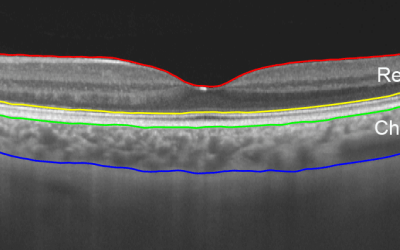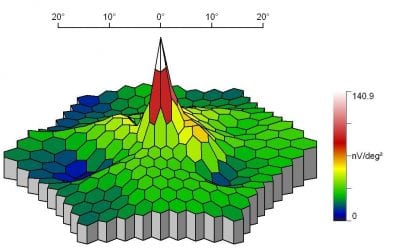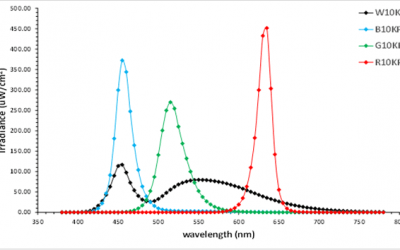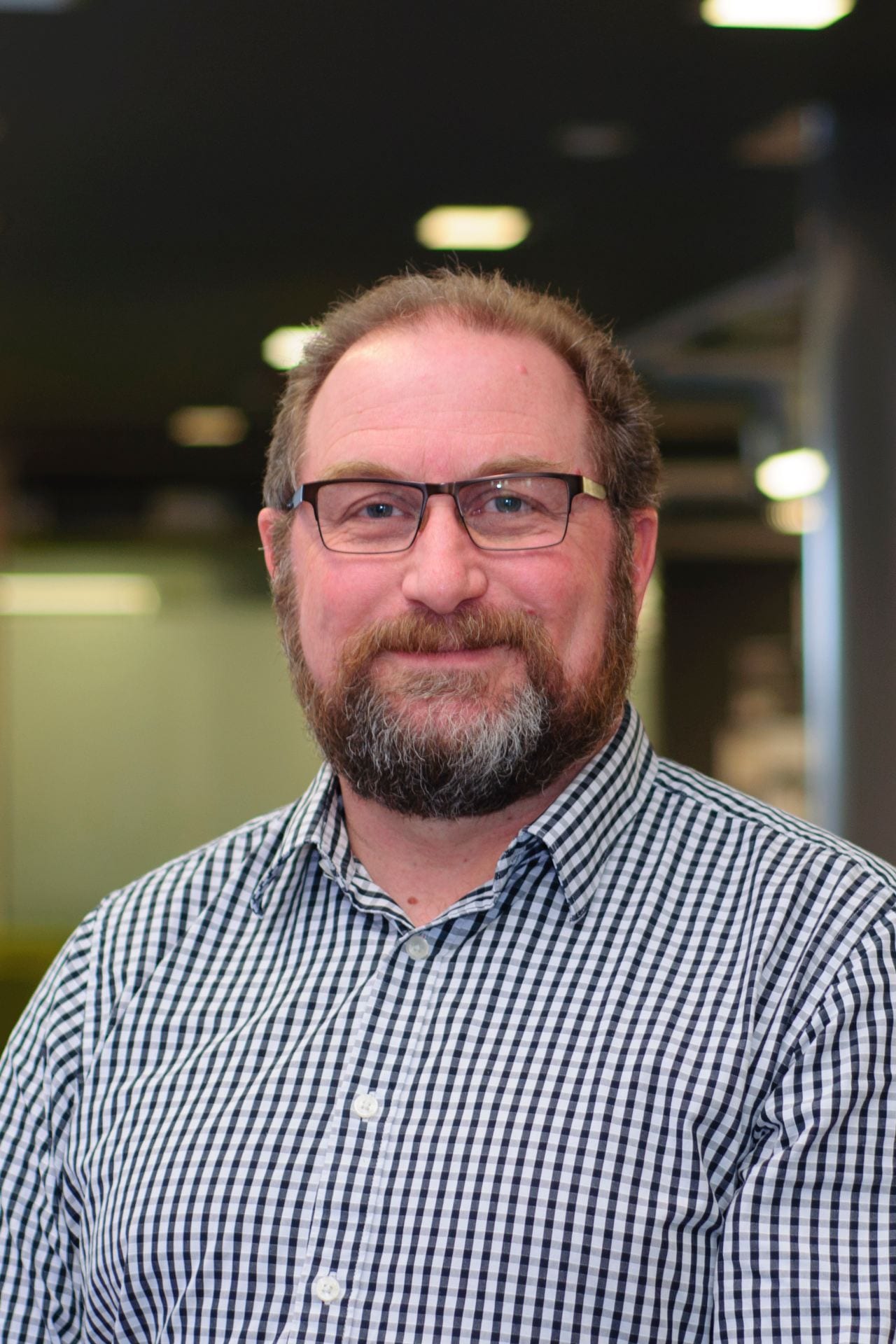Myopia
Research in the Auckland Myopia Laboratory aims to understand the physiological mechanisms which control growth and refractive development of the eye. Our goal is to develop new clinical methods for arresting the progression of myopia (short-sight) in children.
The prevalence of myopia is high and increasing: it is now around 25% in USA and Europe, but up to 70% in parts of Asia. Myopia poses significant socioeconomic problems. In addition to the cost of spectacles or contact lenses it increases the risk of glaucoma and cataract. High myopia also increases the risk of retinal detachment, retinal degeneration and visual impairment, and imposes an increasing burden on our health system. Myopia is characterized by blurry distance vision; it results from abnormal enlargement of the eye. The causes are poorly understood, but they include genetic and environmental factors.

Current projects
Choroid and myopia
Research suggests that the choroid plays a major role in guiding axial eye growth. Using high resolution optical coherence tomography, this project investigates choroidal responses to imposed optical defocus and atropine eye drops in health and disease. For more...
Atropine for myopia control
This project investigates the mechanisms underlying atropine control of eye growth and myopia. Nightly instillation of atropine is the most successful treatment for inhibiting myopia progression at present. However, the site and mode of atropine’s actions are yet to...
Myopia control – blue light, intensity, and experimental myopia
Blue (short-wavelength) LED light suppresses the development of experimental myopia in the chick at apparently lower intensity levels than white LED light. This may be due to either the eye’s chromatic aberration focussing blue light in front of the retina, or through...





